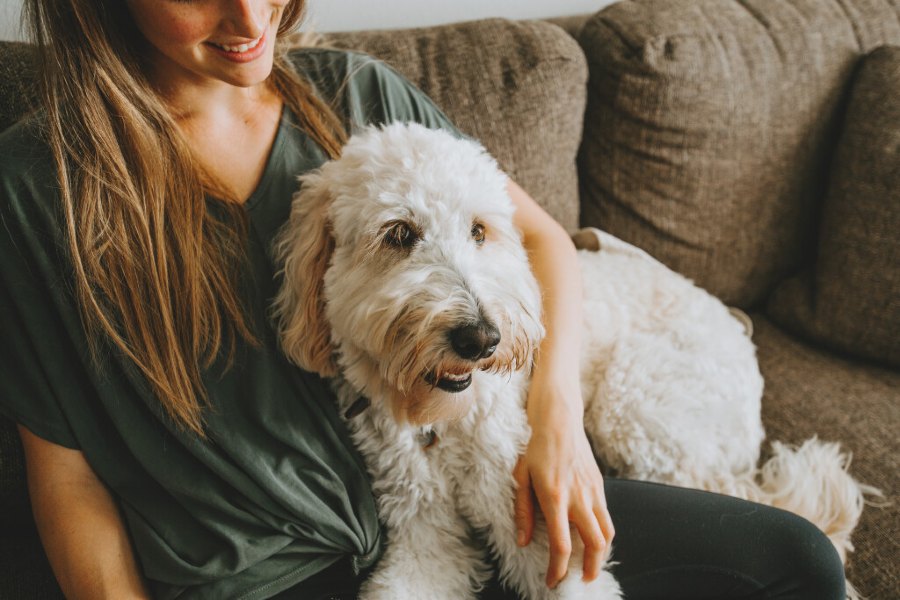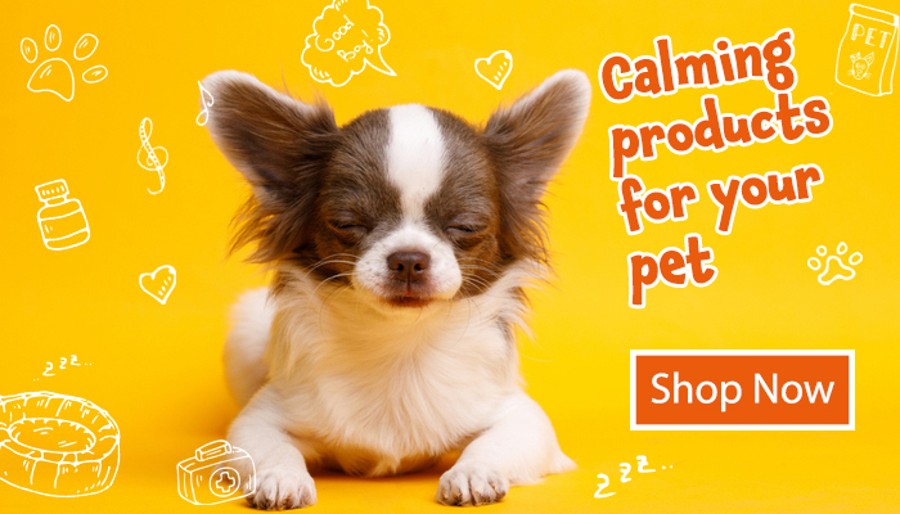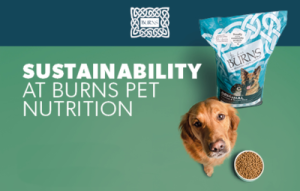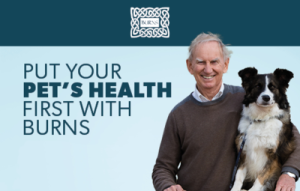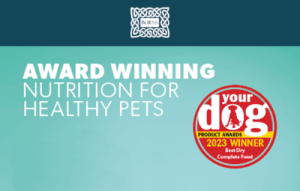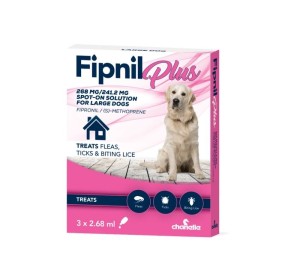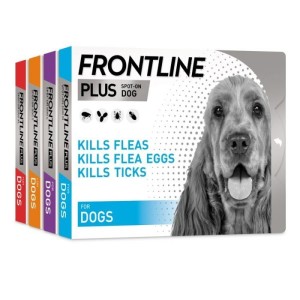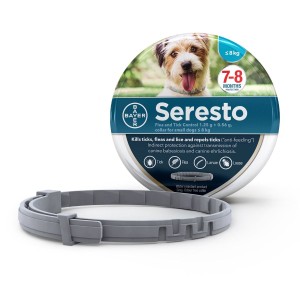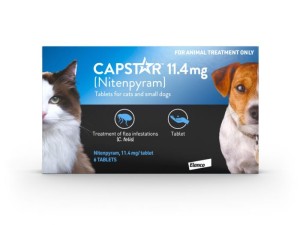
What are pet supplements?
Pet supplements are products your dog or cat can consume to provide them with additional nutritional support. They are typically in the form of tablets, powders, oils or chews and can be added to your pet’s food or given as a treat. They contain specific vitamins, minerals and other ingredients that support your pet’s natural bodily functions.
Are pet supplements necessary?
Food alone might not always provide all the necessary nutrients that your pet needs. Supplements can help to fill in any gaps and promote optimal health. Additionally, they can help to manage conditions like painful joints, itchy skin and sensitive digestion. Always speak to your vet first to determine whether your pet would benefit from supplements, and which ones would be best.
Can pets take human supplements?
We would always recommend that you give your pets supplements designed specifically for them. This is because different species have different nutritional needs, so it’s not a case of one size fits all. Dosages will vary between species and human supplements may also contain ingredients that could harm your cat or dog. Ingredients can affect species differently.
Are pet supplements regulated?
While pet supplements do not have their own specific regulations in the UK, they do have to adhere to the general pet food product regulations. There are also rules around the labelling and marketing of pet food products. These regulations help to ensure both pet foods and pet supplements are safe.
The Veterinary Medicines Directorate (VMD) oversees and monitors any claims made on supplements.
How do you know if a supplement is trustworthy?
- Look out for the following information on the product’s packaging:
- Company information including a phone number and address
- Lot number or expiration dates
- The phrase ‘Veterinarian formulated’
- Quality seals or listed certifications such as GMP or NSF
- These pieces of information will indicate that the company is legitimate and that there are quality standards in place. You can also contact them if you have any questions or concerns.
Can you give pet supplements at the same time as medicine?
Always speak to your vet before introducing any supplements to your pet, particularly if they are on medication. Sometimes supplements can interfere with how your pet absorbs their medicine if taken at the same time. You should also read the packet instructions for both supplements and medication.
However, it may well be possible to give your pets supplements alongside medicine, helping to manage their condition even better. So check with your vet about how best to go about this.
Can my pet overdose on supplements?
While it is unlikely that your pet would ‘overdose’ as such, you should always follow the product instructions. Taking too much of a supplement could result in a nutritional imbalance. Just like in humans, it’s important that your pet has a well-balanced diet.
How do I get my pet to take a supplement?
Sometimes it can be easier said than done! We have a whole host of tips and tricks for how to get your pet to take a supplement here.
How long before I see results from supplements?
This will vary depending on the supplement. Some can start to take noticeable effect within just a few days, while others may take several months.
The best way to check if supplements are working is to keep a log of your pet’s health. For example, if you are trying a skin supplement, take a photo of their skin each day to help you compare. You can also keep a health diary to help keep track.
Can puppies and kittens take supplements?
This depends on the supplement in question. There are some supplements designed specifically for puppies and kittens. For example, Synoquin Growth Joint Support Tablets help to protect the joints of large breed puppies from the age of 3 months as they grow.
Always check the product label (and talk to your vet) to see if the supplement is suitable for different ages, breeds and health conditions.
What factors should be considered when selecting a supplement?
When deciding which supplements are right for your pet, first speak to your vet. They can help you identify any nutritional deficiencies your pet might have. Or, if your pet suffers from a health condition, your vet can identify supplements that could provide additional support alongside any medication.
Another factor to consider is what presentation (or form) you want your supplement to be in. Would your pet prefer a powder mixed into their food or a tasty chew? There are lots of supplement presentations to choose from.
You should also think about where you get your supplements from. Only shop from reputable brands and websites to ensure the supplements you’re buying are safe and effective. Animed Direct sells a range of great pet supplements that your pet could benefit from.
We hope we’ve covered the most common questions about pet supplements. If you have any more queries, leave a comment below!
Blog checked by Karin Volker, MRCVS

